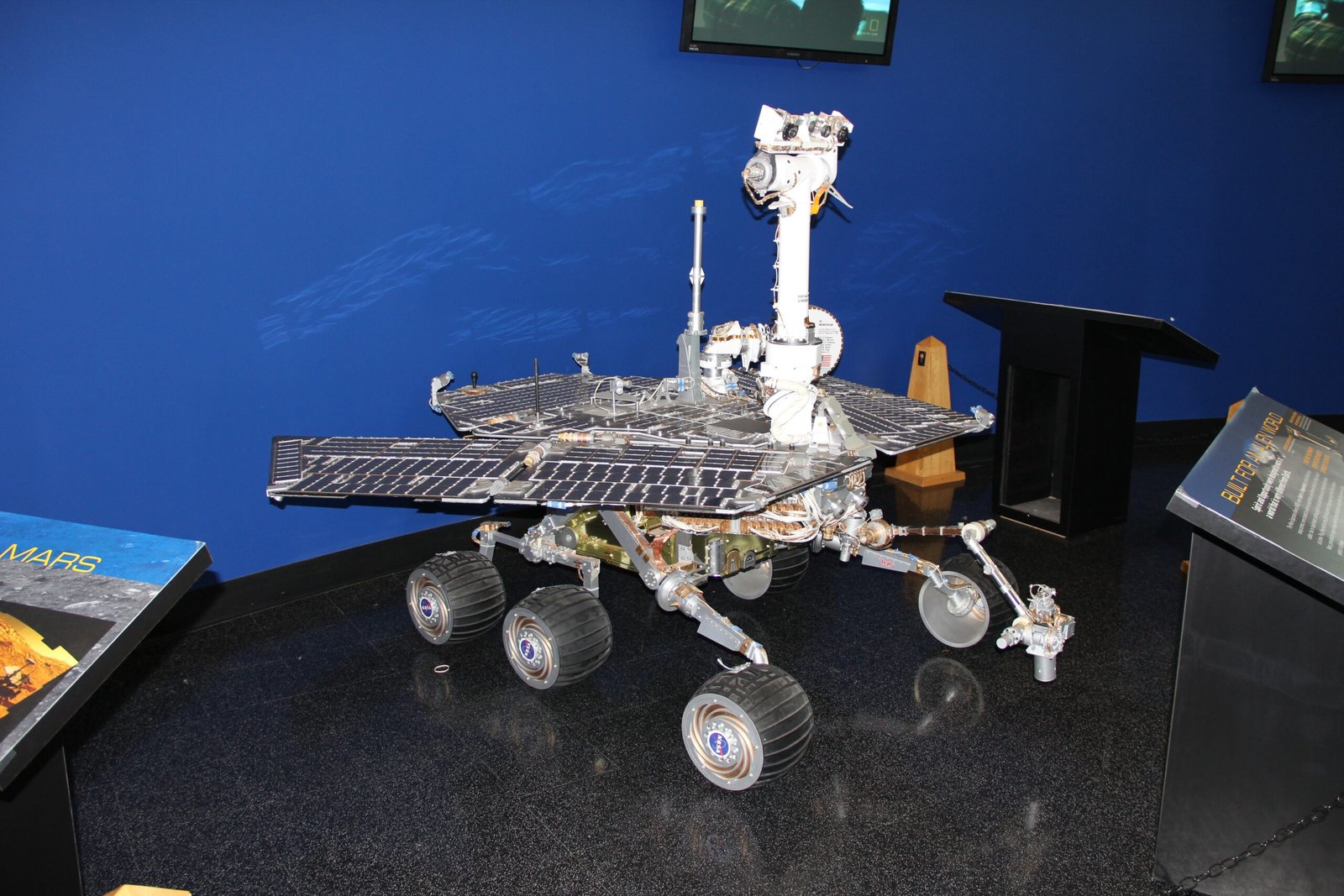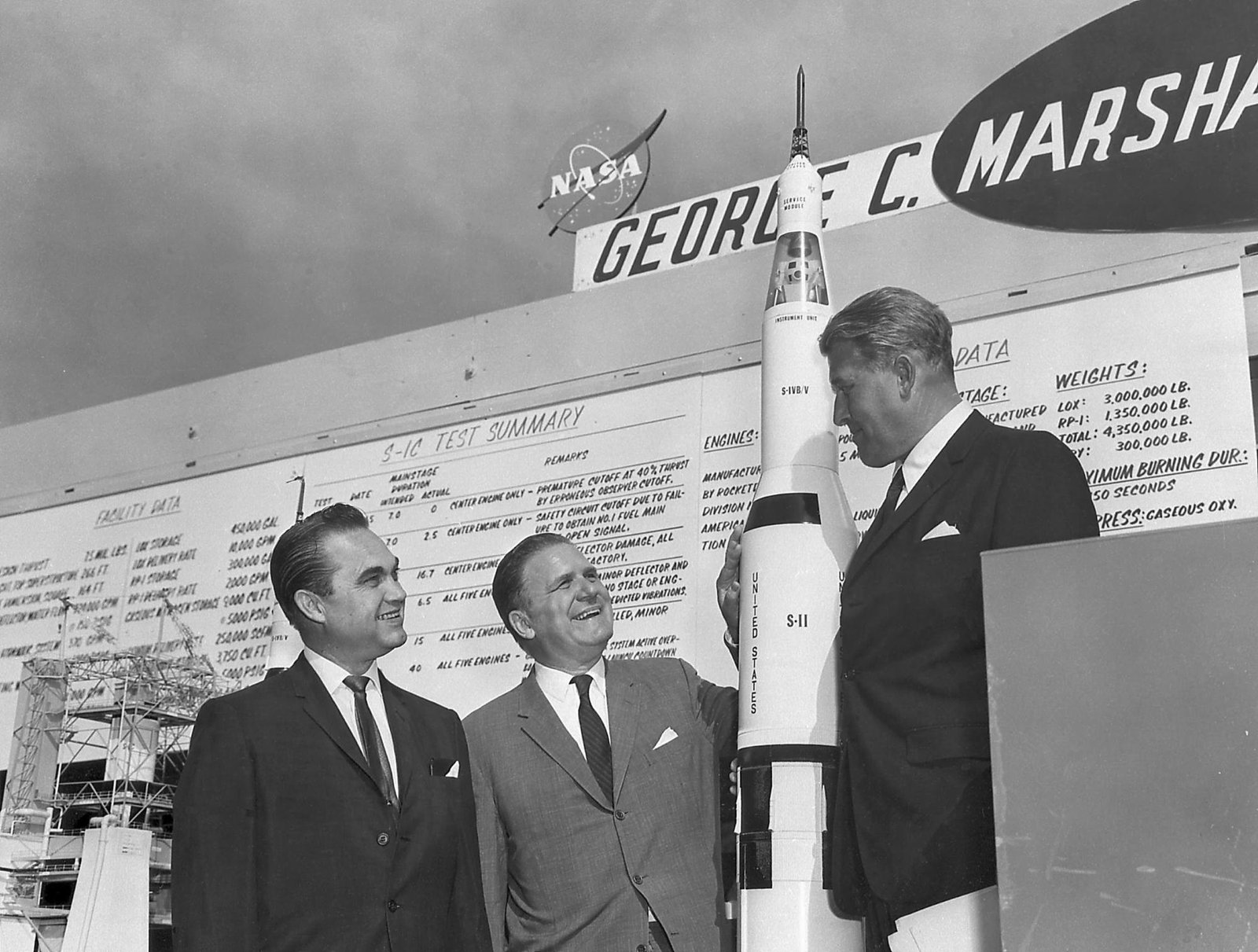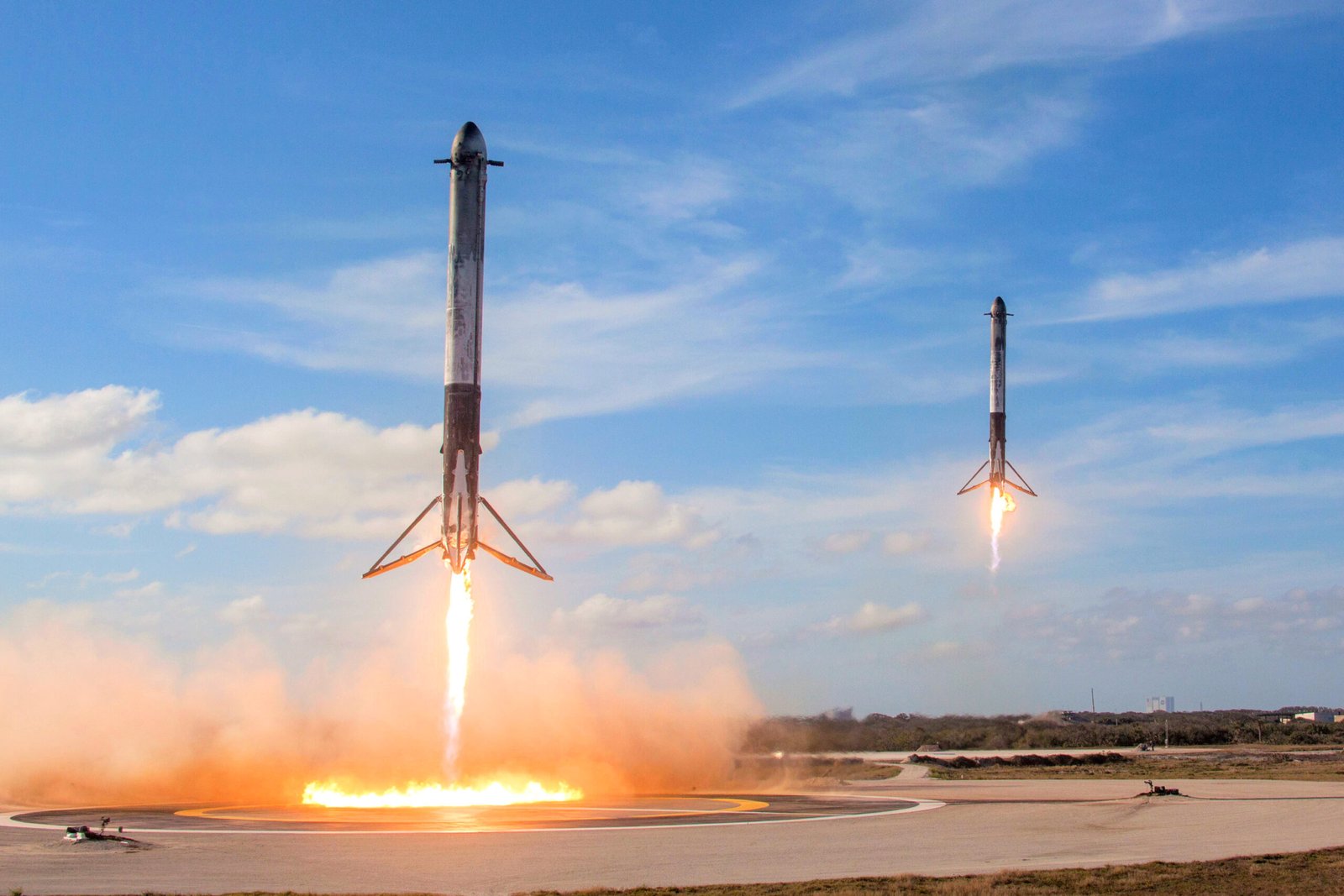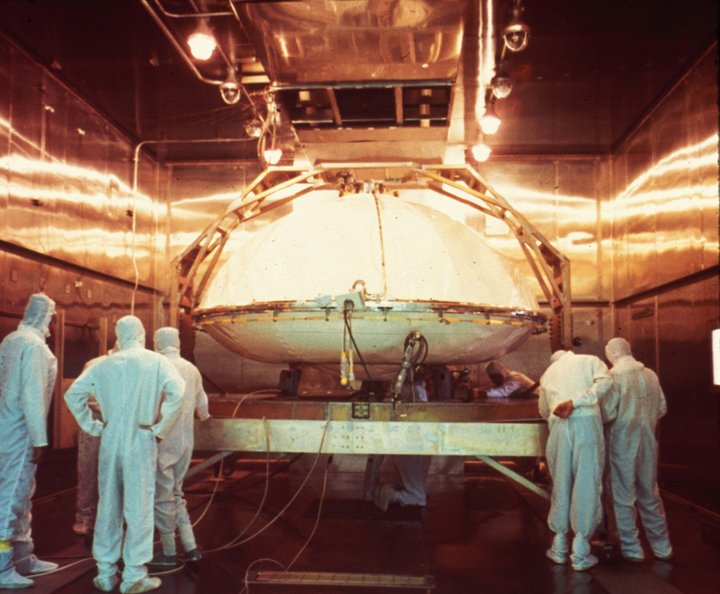The Current Landscape of Space Exploration
Space exploration is at a crossroads as NASA stands on the brink of two historic ventures: returning astronauts to the Moon by 2025 through the Artemis program, while also laying groundwork for a manned mission to Mars in the 2030s. This dual focus is reshaping the priorities of not just NASA, but the global space community. Artemis aims to create a sustainable lunar presence, signaling a shift from one-off landings to long-term habitation and research. Meanwhile, Mars remains the pinnacle of human exploration, captivating scientists and the public alike with its potential for discovery and even colonization. Both destinations require enormous resources, technological leaps, and a clear vision. The debate isn’t just about where to go next, but what kind of future humanity wants in space. Each path comes with unique risks, rewards, and challenges that influence every decision NASA makes today.
The Moon: A Launchpad for Mars

The Moon serves as an accessible testbed and a vital stepping stone for deeper space missions. Its relative closeness—just over 238,000 miles from Earth—means that missions can be supported from home base with much shorter communication delays and lower logistical hurdles. The Artemis program is more than a return; it’s a rehearsal for Mars. By building and operating sustainable habitats on the Moon, NASA can test crucial technologies, such as advanced life support systems, in a challenging but manageable environment. Lunar water ice, discovered at the poles, is especially valuable: it can be broken down into hydrogen and oxygen to create rocket fuel or breathable air. This could enable a refueling station on the Moon, slashing the cost and complexity of future Mars missions. The Moon, in essence, is a proving ground—a place to make mistakes and learn before venturing farther.
Mars: The Ultimate Destination
Mars stands out as the ultimate prize in the solar system, offering a tantalizing mix of scientific intrigue and the promise of a permanent human foothold beyond Earth. Its day length, seasons, and potential for past water make it remarkably Earth-like compared to any other planet. The Perseverance rover, which landed in Jezero Crater in 2021, continues to uncover clues about ancient life, climate, and geology, sending back data that shapes every aspect of human mission planning. Unlike the Moon, Mars has an atmosphere—thin and mostly CO2, but still a shield against some radiation and a source for in-situ resource utilization experiments. The prospect of “terraforming” Mars or at least supporting long-term human life there is as inspiring as it is daunting. The unknowns are vast, but the rewards—a new world for humanity—are even greater.
Technological Challenges

The engineering obstacles on the road to both the Moon and Mars are staggering and distinct. For lunar missions, NASA must develop landers capable of precision touchdowns in harsh, dusty terrain, and habitats that can survive two-week-long nights and wild temperature swings. Mars raises the stakes even higher: its thin atmosphere makes landing heavy payloads a nightmare, and its greater distance means no quick rescue is possible if things go wrong. Radiation from deep space and the sun is a constant threat, demanding robust shielding and new medical protocols. Sustainable life support systems—capable of recycling air, water, and waste for months or years—are essential. The time it takes to travel to Mars, which can be six to nine months each way, adds to the complexity, requiring spacecraft that can keep crews healthy and sane in isolation. Every solution demands innovation, investment, and testing, often with no room for mistakes.
Budgetary Considerations

NASA’s budget is always under scrutiny, and the cost of exploring the Moon and Mars is astronomical in every sense. For fiscal year 2023, NASA operated with around $25.4 billion—generous by Earth standards, but tight when split among Artemis, Mars, space station operations, and research. Artemis claims a large share, but the price tag for a single Mars crewed mission could range from $100 billion to $1 trillion, depending on technology choices and mission duration. Congress wrestles each year with how much to allocate, and priorities can shift with political winds. Investing in both fronts simultaneously strains even NASA’s legendary ingenuity. Hard decisions must be made about what to fund, what to postpone, and where to seek partnerships. The risk is that spreading resources too thinly could jeopardize both goals, slowing progress on humanity’s greatest adventures.
International Collaboration

No nation can conquer space alone; it’s a truth that becomes ever clearer as missions grow in ambition and complexity. The Artemis program is already a multinational effort, with the European Space Agency providing modules for the Gateway space station and Japan planning lunar rover contributions. On the Mars front, the European and Japanese space agencies are helping develop sample return missions and research tools. Sharing costs, expertise, and capabilities makes the impossible possible, allowing agencies to pool their strengths and avoid duplication. International agreements, however, require delicate diplomacy, clear roles, and shared benefits. As new players like India and China invest in lunar and Martian exploration, the web of cooperation gets both richer and more complicated. The hope is that collaboration will spark a new era of peaceful discovery, but it also means that NASA must constantly negotiate, compromise, and coordinate with partners worldwide.
Public Interest and Support

Public excitement is one of NASA’s most valuable assets. Recent polls show that more than half of Americans support increased funding for Mars exploration, with similar enthusiasm for returning to the Moon. Social media buzz, livestreamed launches, and charismatic figures like astronauts and entrepreneurs keep space in the cultural conversation. This popularity translates to political influence, helping NASA secure funding and support from lawmakers. Outreach programs, museum exhibits, and STEM initiatives aim to inspire the next generation of scientists, engineers, and explorers. But public opinion can be fickle; interest may wane if missions are delayed or if the risks seem too high. Maintaining engagement requires constant storytelling and transparent communication about goals, challenges, and achievements. The more the public feels invested in the journey, the more likely it is that missions will have the backing they need to succeed.
The Role of Private Industry

The rise of private space companies has revolutionized how NASA approaches exploration. SpaceX, with its reusable Falcon rockets and ambitious Starship project, is at the forefront, aiming to make Mars accessible for humans and cargo alike. Blue Origin, Boeing, and other firms are developing lunar landers and support systems for Artemis. These partnerships allow NASA to leverage commercial innovation, accelerate development timelines, and reduce costs. The Commercial Lunar Payload Services initiative is already sending private landers and experiments to the Moon ahead of crewed missions. However, the growing influence of private industry brings new challenges—like negotiating intellectual property rights, ensuring safety standards, and balancing public benefit against commercial interests. The synergy between NASA and private companies could enable a new era of exploration, but it requires careful management to ensure that the spirit of discovery outweighs the pursuit of profit.
Ethical Considerations

Exploring other worlds is not just a technical or financial challenge—it’s a profound ethical responsibility. Many scientists worry about contaminating pristine environments on the Moon and Mars with Earth microbes, potentially ruining the search for native life. International agreements like the Outer Space Treaty set basic rules, but new questions arise as technology advances and commercial activity increases. Who owns the resources on the Moon or Mars? Can companies or nations stake claims? There are concerns about preserving historic sites, protecting scientific discoveries, and ensuring that humanity’s expansion doesn’t repeat the mistakes of colonialism on Earth. NASA and its partners must develop clear guidelines for planetary protection, resource use, and international cooperation. As missions advance, these ethical frameworks will be tested in real time, shaping the legacy of human space exploration for generations.
The Future of Space Exploration
NASA’s 2025 dilemma is more than just a scheduling conflict; it’s a defining moment for the future of humanity in space. The choice between prioritizing the Moon or Mars will have lasting impacts on technology, policy, and the dreams of millions. Each path demands relentless innovation, international unity, and unwavering public support. The world watches as NASA balances its resources, partnerships, and ambitions, knowing that the decisions made now will echo across decades. As Artemis prepares for launch and Mars missions inch closer to reality, the debate continues to ignite curiosity and fuel fascination about where humanity belongs in the universe.

